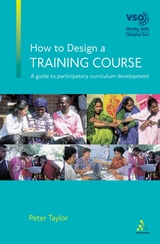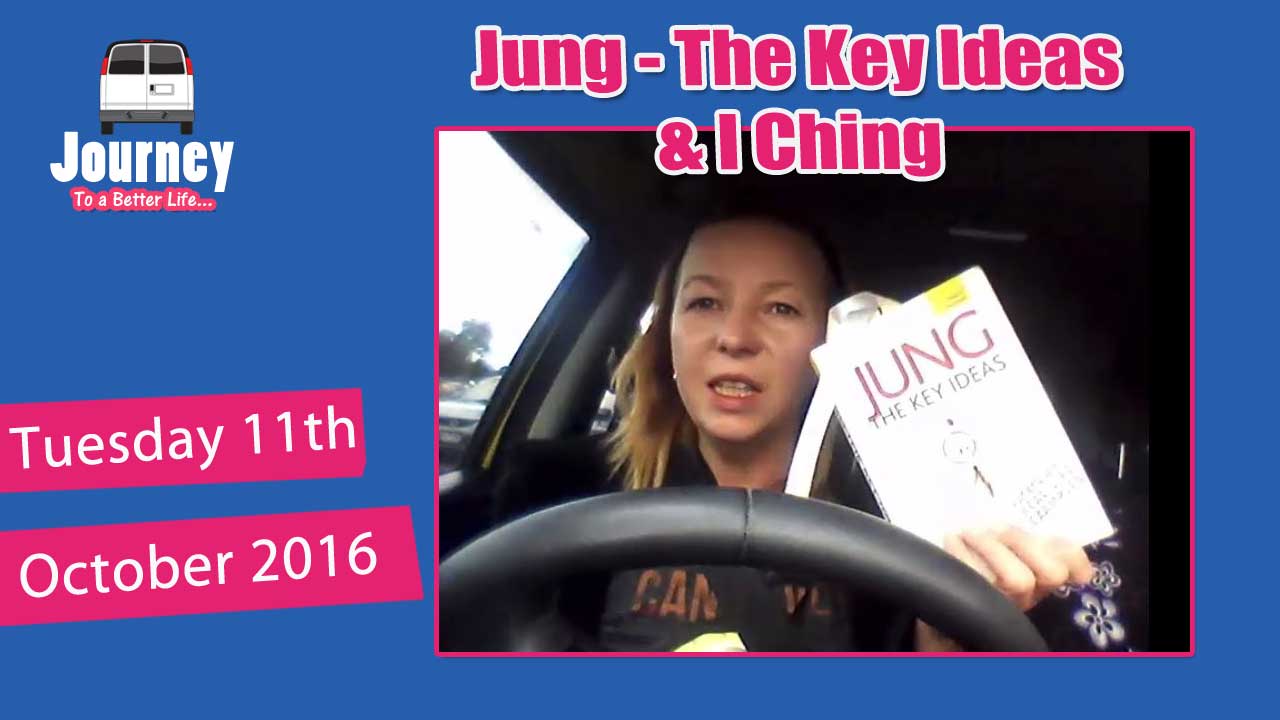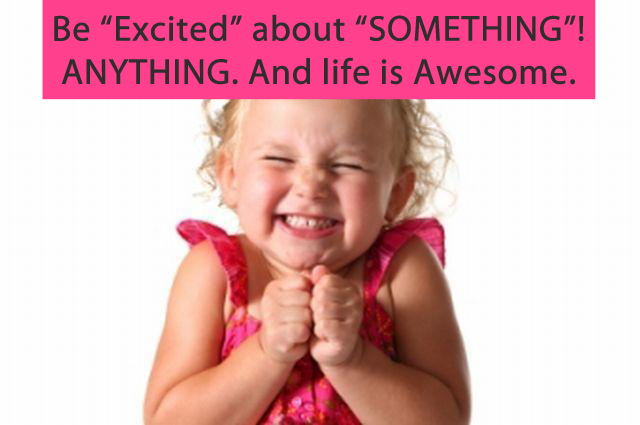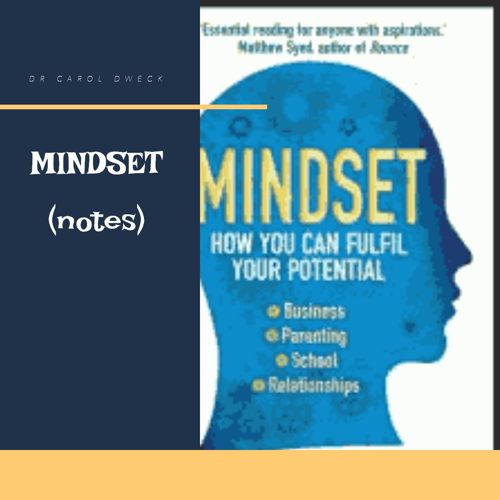How to Design a Training Course

How to Design a Training Course : A Guide to Participatory Curriculum Development by Peter Taylor. (Actually – from a modified version of the book, a pdf called: “Training in agroforestry – A toolkit for trainers” by Peter Taylor & Jan Beniest)
Here are my notes:
- Identify things the learner needs to know.
- What the learners will be able to do (& the knowledge/skills they require) after the course is finished.
- If learners participate actively in the learning process, they are more likely to learn & the training is more likely to be effective.
- They will have more ownership in the training, because their needs will have been identified, and hopefully they will also be involved in deciding how their needs can be met. This will increase their motivation, which will help them learn more effectively.
- Learning takes place when an individual feels a need, pus forth an effort to meet that need, and experiences satisfaction with the result of the effort.
- Provide relevant experiences & information; ensure the learners are actively involved.
- Help the learners reflect through individual or group exercises.
- Help learners to structure & verbalize their new knowledge through questioning, probing, discussing.
- Help learners to try out their new skills, solve new problems, test out their new knowledge in reality.
Learning Styles
- Active Learners: ‘jump in & do it immediately’
- Reflective Learners: ‘wait & see, then try it’
- Theorizing Learners: ‘understand basic principals, logical, objective’
- Experimental Learners: ‘don’t believe it until I’ve tried it, problem-solvers’
For different topics or activities, start sessions at different points of the experiential learning cycle to help individuals with different learning styles.
- Encourage understanding, not memorizing.
- Allow learners to practice as soon as possible.
- Leave the learners feeling that they want to learn more, and that they can continue on their own if necessary.
Course Planning
(my interpretation of notes customized for my direct needs – Penny)
- Why do it? Why is this course needed?
- What training have learners already had prior to taking this course? (Prerequisites)
- Identify the ‘training gap’.
- What organizations have a ‘stake’ in the type of training? What do they need learners to know?
- Identify who would need the training and what their needs are: Who, Where, What, When, Why, How?
What do they want to learn, why do they want to learn it, what motivates them, what skills do they need, what kind of knowledge do they need, what difficulties do they face, what could help them. - Always write learning outcomes in terms of what the LEARNER will achieve.
- Always relate the outcome to some measurable form of behaviour – use words which provide clear guidance, not vague and meaningless.
Course Objectives
- An objective is a statement of what learners will be like or what they should be able to do after successfully completing a given course of instructions or being exposed to a given learning experience. In other words, there should be a measurable change in behaviour.
- Objectives should be written in terms of the learner, i.e. what the learner will be able to do after instruction
- Objectives should SMART (S=Specific, M=Measurable, A=Attainable, R=Realistic, T=Time-Bound
i.e. At the end of the course, learners will be able to:
Identify what learners “must” know, “should” know, and is “nice to know” so that you can properly sequence content to include as much as possible as the “MUST” know, include ‘what you can’ of the ‘SHOULD” know’s and the non-essential “NICE” to know’s if you have time.
- Move from simple to complex
- Use an existing logical organization (time, topic, job, task, learning styles)
- Move from known to unknown
- Cove content in order of job performance
Training Course
- Title of course
- Learning Outcomes: Participants will be able to: 1.) explain the concepts of, etc.
- Content: * Concepts of… *Varieties of.. * Techniques..
Factors to consider when selecting methods for teaching & learning:
- Objectives set: list all the possible methods which could be used to allow achievement of the objectives
- Content: narrow down the list to ensure the content is adequately covered
- Learners: consider their needs, capabilities, etc. This will reduce the list further.
- Resources: this will determine the final selection of methods to be used, since there is no point choosing methods which cannot be implemented.
- Teaching/Learning Methods: * Theoretical presentation, * Demonstrations, * Practical Session.
- Learning Materials: * Manual .. * Slides & Photos.. * Tools & Materials…
e.g.:
- lectures/presentations
- group discussions/group work
- brainstorming
- demonstration
- reading
- exercises/problems
- case study analysis
- role play/simulations
- games
- practicals
- project work/research
- field visits
- attachments
In addition, the following teaching-learning methods and experiences can be used to expose the participants to a wide range of disciplines:
- Thematic multidisciplinary seminars
- Talks by guest speakers
- Problem-oriented workshops, to deal with and resolve real-world problems through focused case studies.
- Teacher-accompanied participation at government agency meetings, or other meetings.
- Have participants act as observers locally as others do the task.
- Video-recorded role-playing for reviewing and discussing the dynamics of group interactions, attitudes, and skills related to real-life situations.
- Student seminars incorporated into courses.
Lectures & Presentations
- Enrich presentation by use of illustrations on the board or transparencies or slides (overhead projector).
- A lecture can also be combined with any other teaching method like demonstration, questioning, or practical training to make it more effective.
Structuring a lecture
- Classical method – divide into broad sections, sub-sections and perhaps again in smaller units.
- Problem-Centered method – useful for examining alternative views and solutions to problems. It contains a statement of a problem’s explicit and implicit criteria statement.
- Sequential method – consists of a series of linked statements, which usually lead to a conclusion. The teacher has to ensure that the steps are within the grasp of the participants and should frequently summarize the main steps and the procedure.
- Comparative method – compares tow or more processes, themes, stories, ideas, or systems. It may be a search for similarities or differences, for advantages or disadvantages.
- Thesis method – begins with a hypothesis and proceeds to justify it by bringing together a wide range of evidence and arguments that may be presented in major sections or in a problem form. It may include these or counter-theses.
Start the presentation by finding out what your participants know about the topic already; ask questions which do not require only a ‘yes’ or ‘no’ answer.
Ask participants why they think they should learn about this topic – this could help them have some input into the aim/objectives of the lesson.
Try to relate the topic to what your participants are familiar with, either from a previous sessions, or from their own experiences; you may use interesting examples.
Do not cram too much info into a short time period.
Try and meet the learning needs/styles of each participant.
Use a range of different visual aids whenever possible (blackboard/whiteboard/posters/pictures/real materials) – they create interest.
Encourage participants to actually become involved with the lesson material; use demonstrations; let your participants touch, smell, observe and draw the items under discussions; remember that ‘doing’ leads to ‘understanding – participants will forget most of what they hear, and a lot of what they see.
Give them a chance to take notes, either during presentation, or immediately afterwards. You could do this by dictating, or by writing notes, neatly, on the blackboard. Participants should be encouraged to write their own, original notes which are the main points of the discussion, but this requires maturity and good literacy and language skills; so is dependent on ability of participants.
Ask participants to take some responsibility for their own learning; encourage them to undertake projects, keep diaries, look for information from newspapers and books, listen to interesting information on the radio, or the television where available and observe the practices of their families/neighbours.
Observe reactions of participants – this becomes easier as you get to know them, and ask questions regularly, sometimes to all participants, and sometimes to particular individuals. It is helpful to know and address your participants by name, as this will help build up a good relationship with them, and it will increase their attention. You could ask each person to make a badge with their name on it and for them to wear badges until everyone is familiar with each other.
Case Studies
- Case study is a written document, video, or audio presentation, which provides relevant info about an actual situation or event.
- Can be used as ‘experiences’ for reflection, and as practical examples in which learners can test out their theories and concepts.
- ‘Enough’ time should always be allocated for reading/watching case study, for reflection, and for the follow-up discussion.
Forms Needed
- Application form
- Course brochure
- Applicant information
- Logistics checklist
- Information for participants
- Registration & reimbursement forms
- Programme course
- Evaluation (Theoretical sessions, Field Visits, Exercises)
- Final Evaluation form
- Course Certificate
- Personal Action Plan
- Small Grants brochure
- Survey
Source for above: http://www.cglrc.cgiar.org/icraf/toolkit/toolkit.pdf
Related Notes from Other Sources:
Throughout the reading of the above book and taking the above notes, I also clicked on hundreds of links and downloaded and read a wealth of related information. Rather than creating a new post, I thought I’d add to this one, bare in mind that I took the notes via hand and therefore some notes only might make sense to me as things to consider/think about or implement in a training course:
- Class Project / Individual Project
- Meals & Coffee Breaks 15-30mins
- Welcome Letter & O.H.S
- Group Class Photo
- Ice Breakers & Energizers
- Application Form (bio, employment, contact info, language(s), education, relevant experience, interest, resume/past experience)
- Course Brochure (incl venue, dates, program, contact)
- Course Resource (incl contact info for instructor and relevant, useful links)
- Visual, Kinesthetic, Textual, Auditory
- Learning Styles: Sensing, Intuitive, Visual, Verbal, Active, Reflective, Theorizing, Experimental, Sequential, Global
- Equipment, Materials, Supplies (blackboard/overhead/dvd player, computers, internet, etc.)
- Course contains multiple activities that help students develop critical thinking & problem-solving skills.
Evaluation techniques:
- Discuss with Class
- Informal conversation
- Individual student interviews
- Evaluation forms
- Observation
- Video-tape of own teaching
- Questionnaire/Survey
- Self-Assessment
- Written test
Other Useful ‘external’ Links/Resources:
- The Index of Learning Styles is a self-scoring questionnaire for assessing preferences on four dimensions of the Felder-Silverman model.
- Descriptions of learning styles. A four-page handout that briefly explains the learning style preferences obtained using the Index of Learning Styles.




